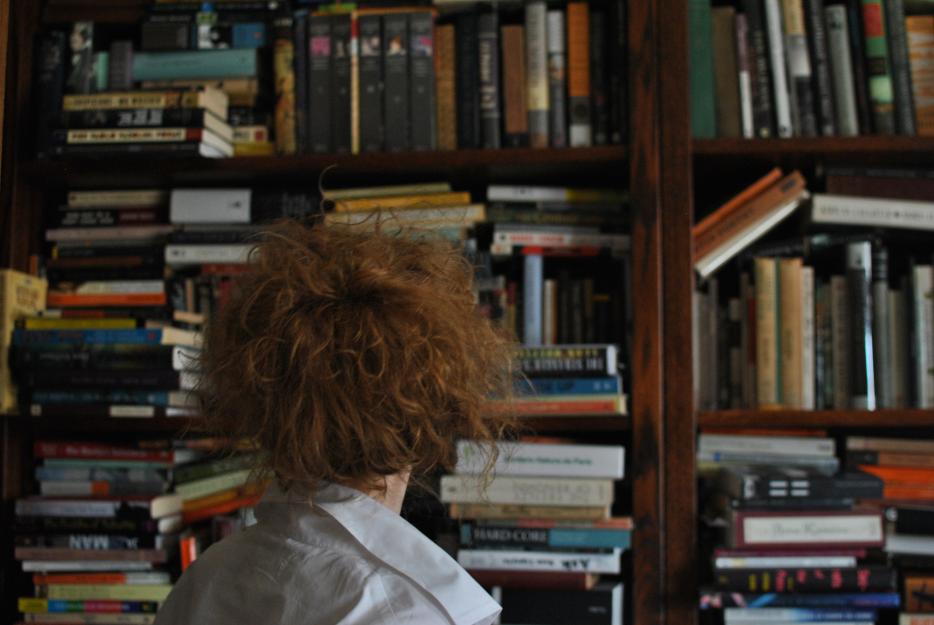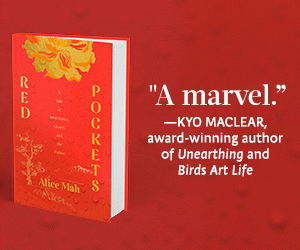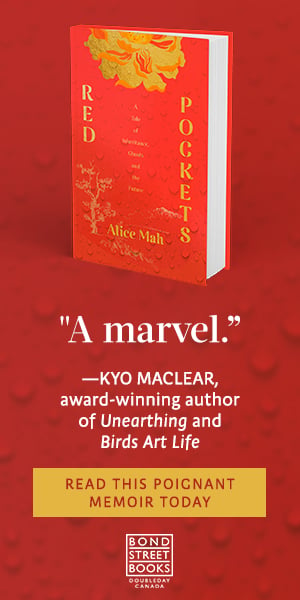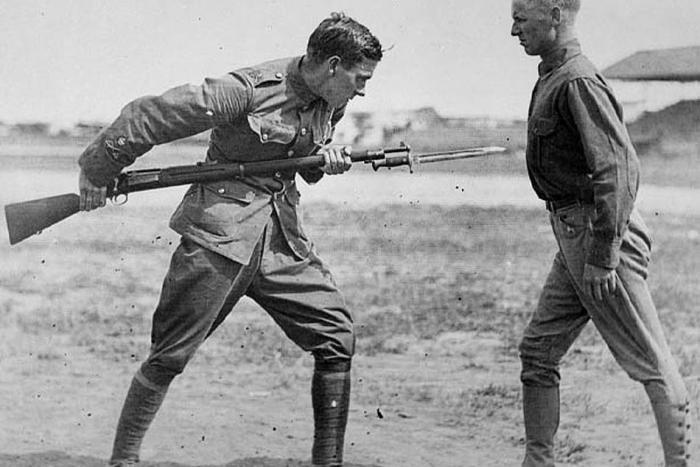Shelf Esteem is a weekly measure of the books on the shelves of writers, editors, and other word lovers, as told to Emily M. Keeler. This week’s shelf belongs to author an columnist Tabatha Southey, whose famously tart and smart writing delights readers of the Globe and Mail on the regular. Southey’s book shelves are all over her house, which she describes as designed specifically to enable comfortable reading. She shares her home, and her books, with her two children and their dog, Tulip.
It’s just such a random collection of books. This book here, I don’t know if you know this book. Asply Cherry-Garrard was the youngest on the Scott Expedition. He almost died, as did his two companions. He was sent to collect Emperor penguin eggs. George Bernard Shaw, who was his neighbour, actually helped write the book. He almost dies, and the book ends with him taking the emperor penguin eggs to the British museum. And they don’t care about them at all. They’re just stuck away in a box. It’s a beautifully written book, a classic of Antarctic exploration. It’s a book I really love.
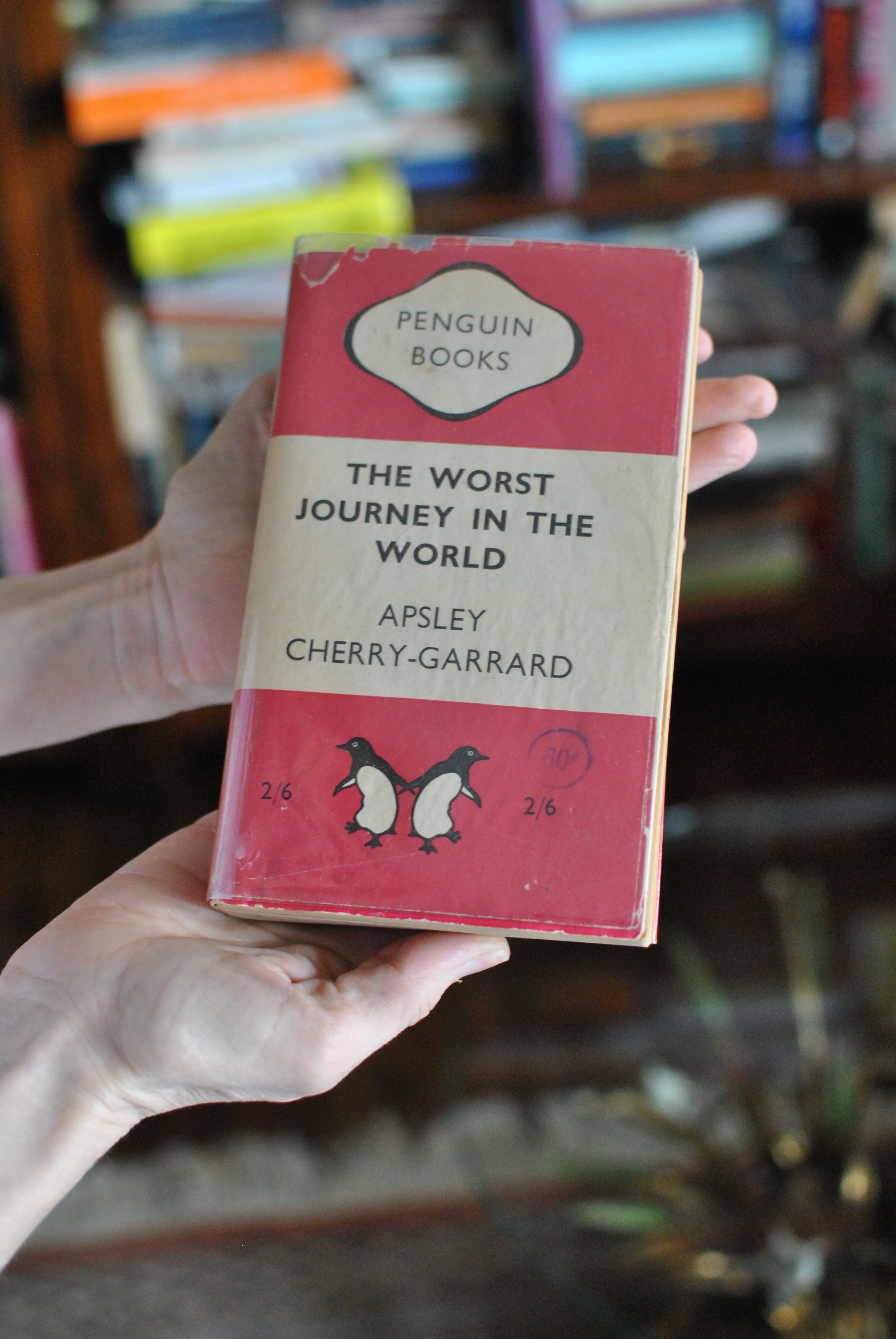
It’s funny, isn’t it? It’s just finding the time, and reading starts to feel like a self indulgence. As a writer, you know that it’s not writing, and there’s guilt. I usually haven’t read the book that everybody’s reading or talking about. I don’t really care about that.
--
Shelf Esteem runs every week.
Find Hazlitt on Facebook / Follow us on Twitter


